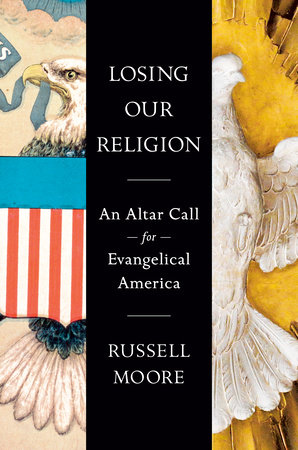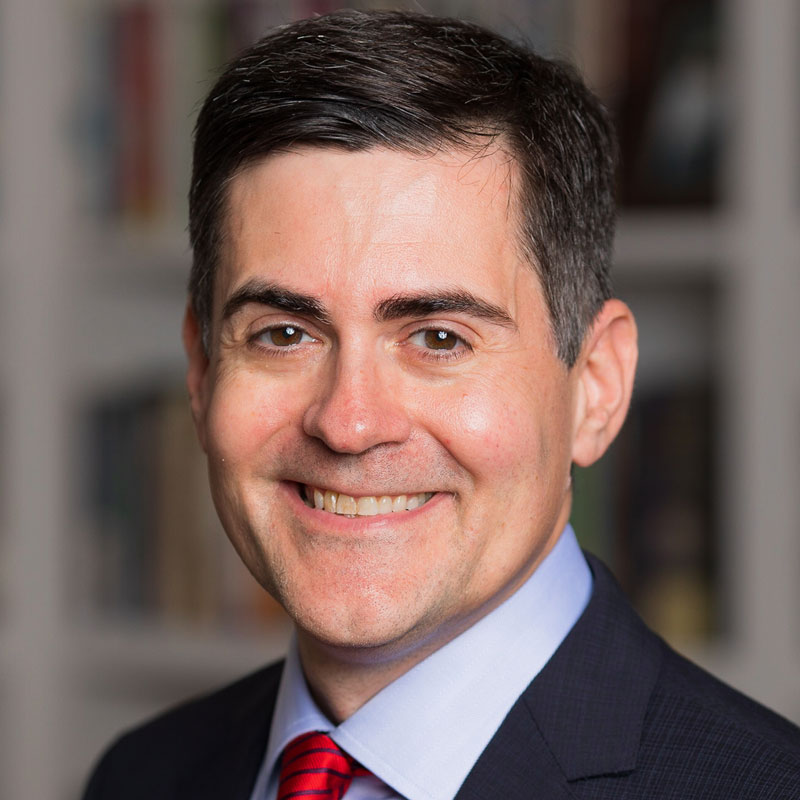The Graphic, the student newspaper of Pepperdine University, reports that the Campbell/Stone movement-affiliated school in seaside Malibu, California, is facing a deficit: not of funds or endowment or students, but of Church of Christ faculty.
The Churches of Christ are the conservative stream of the “restorationist” movement started in the 19th century by Alexander Campbell, a movement emphasizing “no creed but the Bible.” Churches of Christ, then, and the institutions related to them employ no confessions of faith to define their identity. Pepperdine administrators say the accountability of Pepperdine to a loose, non-creedal group such as the Churches of Christ comes through maintaining a “critical mass” of faculty members who hold membership in Church of Christ congregations. The problem is that no one quite can articulate the definition of “critical mass,” a live issue now that the Church of Christ population on the faculty is declining, according to the administration.
The Graphic sums up the difficulty of maintaining a Christian identity in a non-creedal school in this way:
The source of the issue can be traced to one key distinction that separates Pepperdine from other Christian universities, including those affiliated with the Church of Christ: Pepperdine does not have a contractual “statement of faith” that must be signed by either faculty or students. This stance corresponds to the Churches of Christ’s history of rejecting any creed other than the Bible.
“We prefer to rely upon what those who seek a teaching or administrative role at the university say about our [Pepperdine’s] mission statement,” said President Andrew K. Benton.
Instead of utilizing the spiritual screening process of a statement of faith, Seaver College[the central school of the university] seeks a “critical mass” of faculty who consider themselves members of the Church of Christ.
The policy of critical mass can be interpreted as simply maintaining a majority, although university administrators hold that the exact number that constitutes a critical mass is open to interpretation.
“How large is the critical mass to be? That is an open question,” said David Baird, dean of Seaver College. “But I can tell you that the percentage of the Seaver faculty who are members of Churches of Christ is going down, and as it declines, so does the strength of the school’s relationship with the Church.”
It will be interesting to see how Pepperdine navigates this terrain, especially since many colleges and universities, many from my Baptist tradition, have gone this way before, usually (falsely) claiming the “no creed but the Bible” slogan as a Baptist distinctive. Without a confession of faith, these schools couldn’t maintain Christian identity simply by requiring a “critical mass” of faculty members to be Baptist church members because they found these Baptist church members were quite willing to sing Fanny Crosby gospel hymns on Sunday and to teach as gospel Bultmann, Freud, Steinem, and Marx on Monday.
I hope Pepperdine can avoid the way of Furman and Mercer. I pray they can. Maybe they’ll find confessions of faith, always subordinate to and revisable in light of Scripture, aren’t as unbiblical as they once thought in defining the expectations of the churches in holding an institution accountable. Or at least maybe someone, somewhere, just for consistency’s sake, will cry out: “No mission statement but the Bible,” too.






